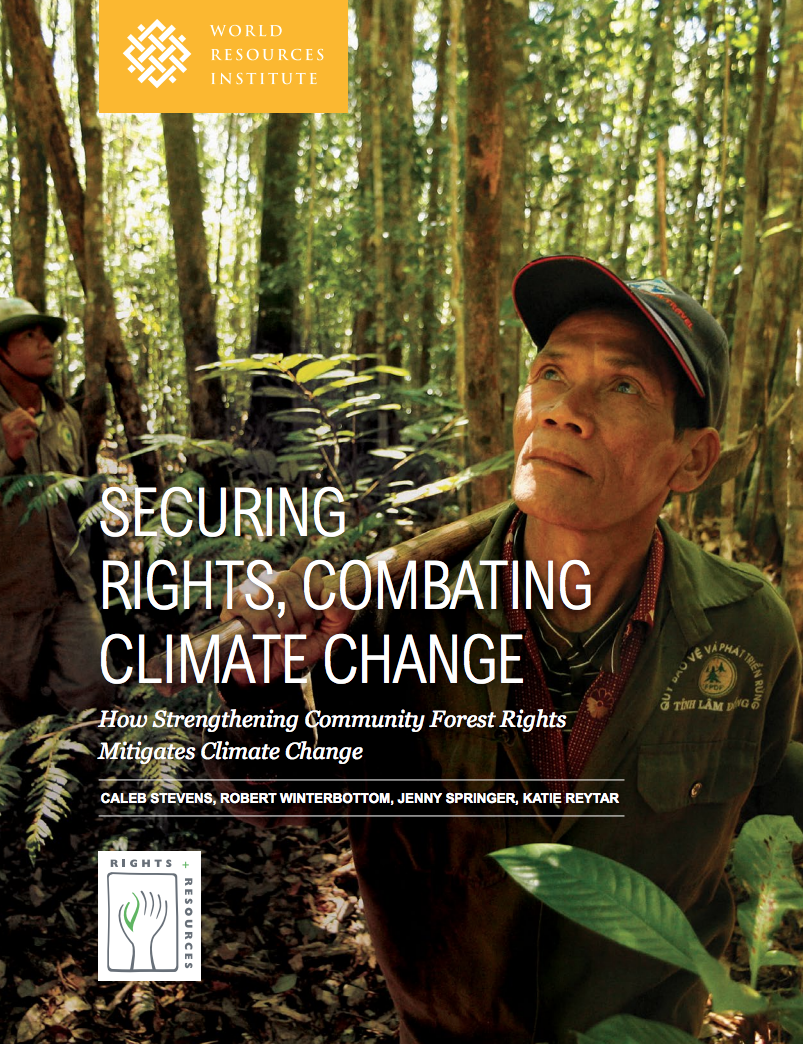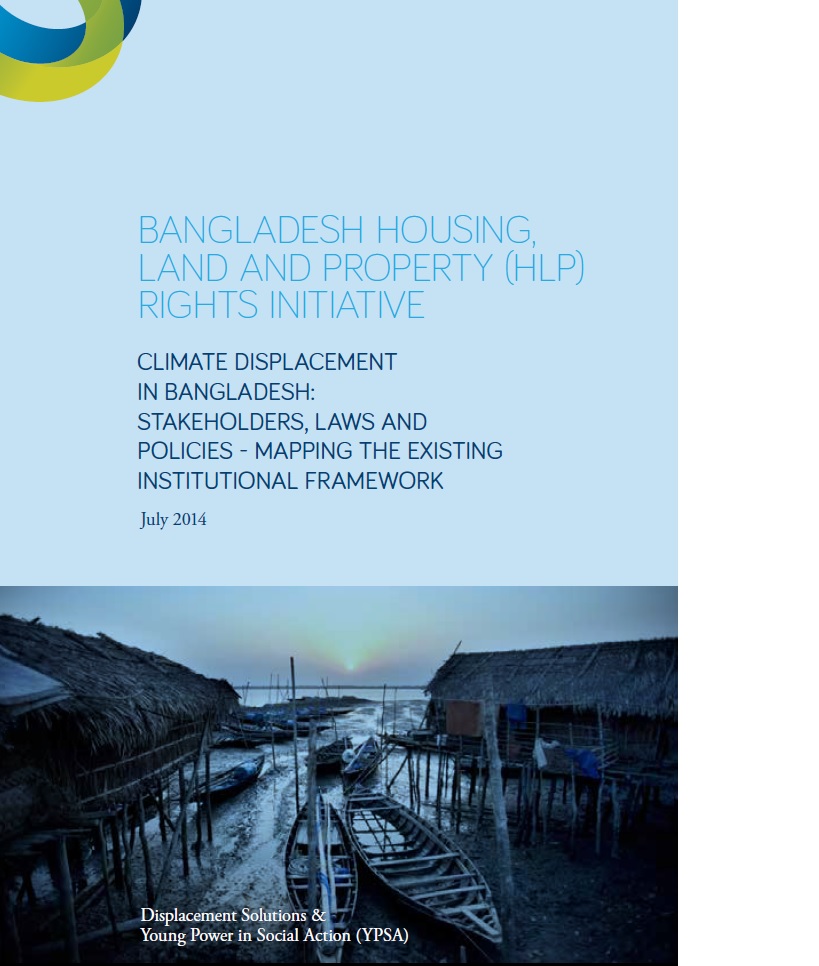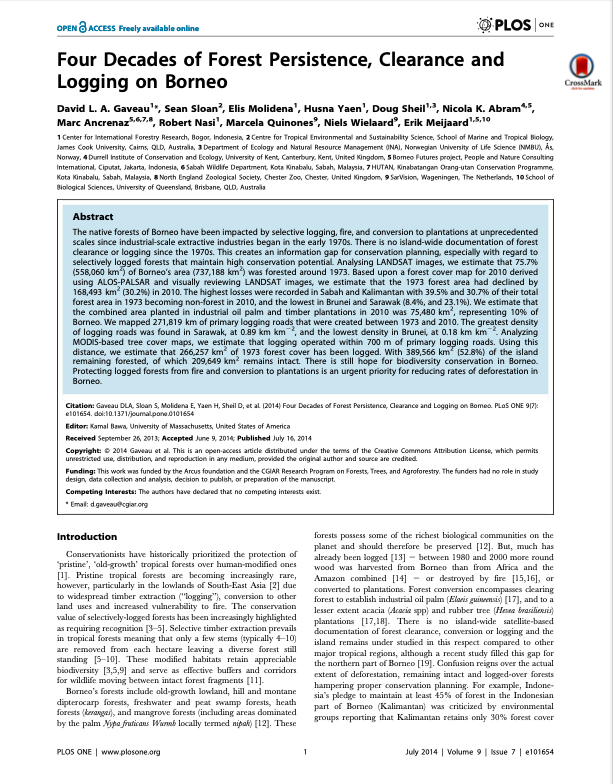¿Existen alternativas frente al petróleo en la Amazonía Centro?sur?
La economía ecuatoriana, basada principalmente en las exportaciones de petróleo desde 1972, ha enfrentado serios obstáculos para canalizar las utilidades del petróleo hacia un desarrollo equitativo y sustentable. La experiencia de las cuatro últimas décadas refleja un crecimiento económico lento e inestable, que se ha mostrado insuficiente no solamente para diversificar y fortalecer la economía sino sobre todo para superar las grandes inequidades que históricamente han prevalecido en el país, logrando la inclusión efectiva de una proporción elevada de la población.








